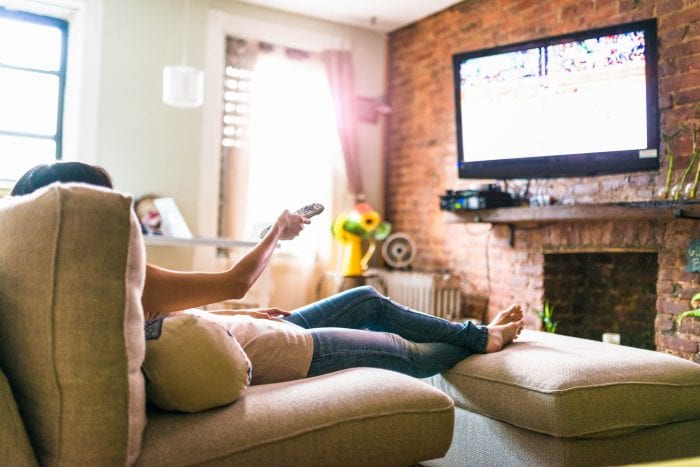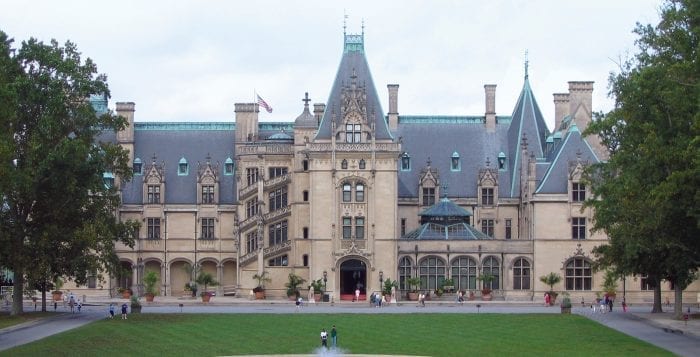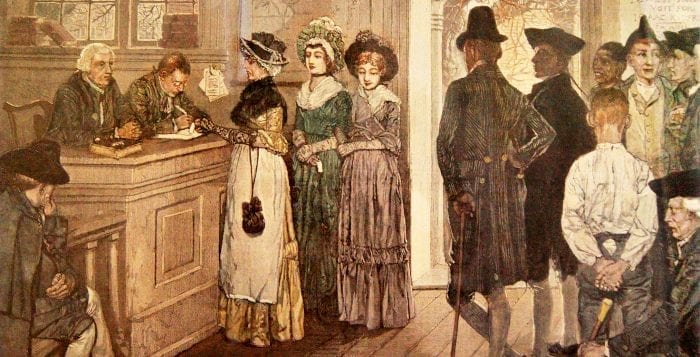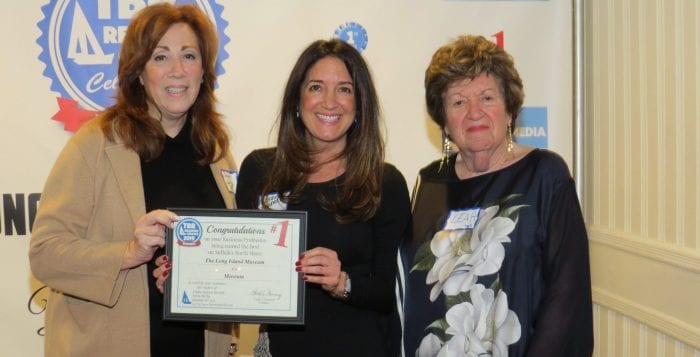By Leah S. Dunaief

“It’s May, it’s May, the merry month of May!” according to the Elizabethan poem by Thomas Dekker and then twisted a bit to “lusty month of May” by “Camelot’s” Lerner and Loewe. I’m willing to believe them, if you are, and there are a couple of items of good news that we can celebrate in our war against the novel coronavirus as the
month begins.
First is the unexpected progress coming from the University of Oxford toward a vaccine. Despite the earliest hopes for such an effective halt to the COVID-19 pandemic involving a 12 to 18- month timetable, which would suggest toward the end of 2021, it turns out that scientists at Oxford’s Jenner Institute are way ahead.
They have been holding previous clinical trials against an earlier coronavirus that are proving harmless to humans. Having cleared that major hurdle, now they can go to the head of the international race. They will be holding trials involving over 6,000 people with their new vaccine toward the end of the month. Not only do they want to show that the vaccine is safe but also that it works.
Then, “with an emergency approval from regulators, the first few million doses of their vaccine could be available by September — at least several months ahead of any of the other announced efforts — if it proves to be effective,” according to an article by David D. Kirkpatrick that appeared on the front page of this past Tuesday’s The New York Times.
There is evidence from the National Institutes of Health’s Rocky Mountain Laboratories in Montana that this new Oxford vaccine may indeed work. It has been in a limited animal trial there and found to protect against COVID-19.
Other scientists at Oxford “are working with a half dozen drug manufacturing companies across Europe and Asia to prepare to churn out billions of doses as quickly as possible if the vaccine is approved. None have been granted exclusive marketing rights, and one is the giant Serum Institute of India, the world’s largest supplier of vaccines,” according to the Times. The idea of having several is to obtain billions of doses quickly and to avoid anyone making a lot of money from the pandemic.
There are a couple of American companies that are also doing research, along the same lines as Oxford, of altering the virus’s genetic material and conducting small clinical trials. They too must demonstrate both safety and effectiveness. The same goes for a Chinese company.
Another avenue of defense against COVID-19 is the use of blood plasma from the disease’s survivors on other desperately ill patients. Again, according to another article in Wednesday’s The New York Times by Audra D.S. Burch and Amy Harmon, the treatment may work. This involves finding survivors, with the same blood type as the ill patient, who will then volunteer to donate blood. The plasma in that blood, now termed convalescent plasma, is then injected into the gravely ill patient in order to bolster the patient’s immune system with new antibodies, “giving him more soldiers in his body to fight this war,” said Dr. Leslie Diaz, an infectious disease specialist at the Palm Beach Gardens Medical Center in South Florida where there was such treatment administered.
Initially to find such a donor, a frantic search was launched on social media that discovered an appropriate donor some 80 miles away. There is now a national program overseen by the Mayo Clinic, with the approval of the Food and Drug Administration, to use this experimental treatment on 2500 patients in U.S. hospitals. It should be said, however, that it is not clear whether having antibodies that are not their own would ultimately help or harm patients. This is only an experimental treatment under study.
So as we leave April behind, we should salute the American writer, T. S. Eliot, who began his 1922 landmark poem, “The Waste Land” with the words, “April is the cruelest month.” A hundred years earlier, he knew.













